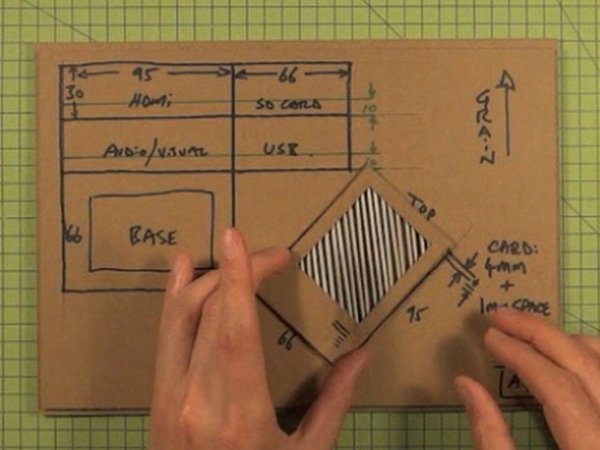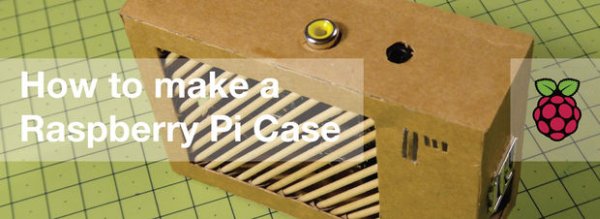2. Light Pipes
This is a very common technique used in design – where for economy you want the lights (LEDs) mounted on a circuit board, but the board is positioned away from the case or user-interface. By taking a piece of clear plastic, one can ‘bounce' the light along it (because of refraction) over some distance. Here I will show you how to do this for yourself.
Experiement as you go – you might see things I've missed and want to change them!
Step 1: Sketch some ideas for your case
Sketching out a few ideas obviously helps refine what you want to design. If like me, you sketching is so-so, you might want to try Sketch-A-Day…
I considered 6 different grill styles for the case – which not only gave ventilation to printed circuit board (PCB) – but also made a feature of the lights (LEDS) on the board.
I then considered a rounded case or a square-edged case. I selected the square one for simplicity at this stage, but as you can see in other tips, it could be easily rounded too.
Step 2: Make rough models or things you are unsure about
I wanted to check how the sketches of the grill looked – in rough – before I committed to modelling them fully. I cut out a window for the front case and inserted the sticks a number of orientations.
Keep experimenting until you are happy.
Step 3: Create a template (net) for the case



